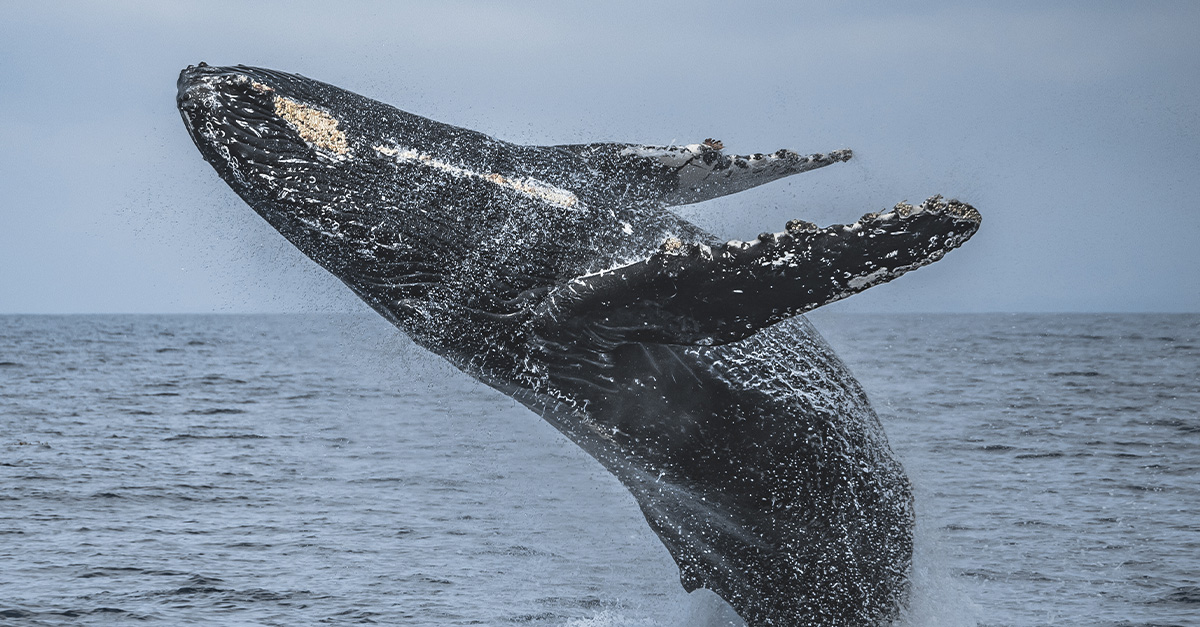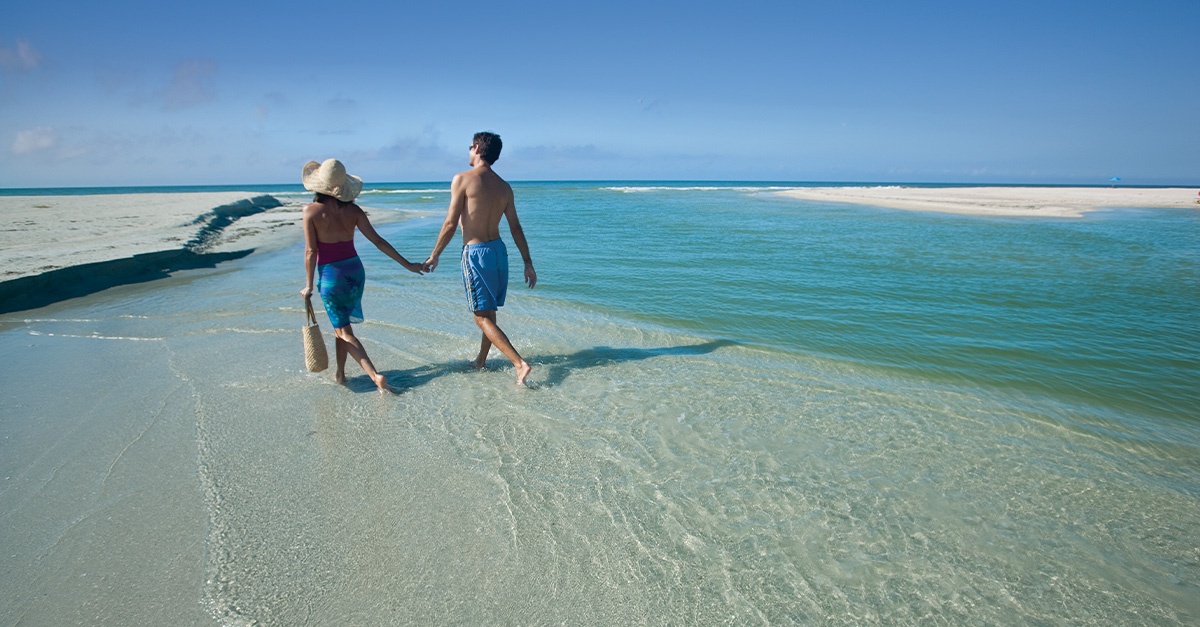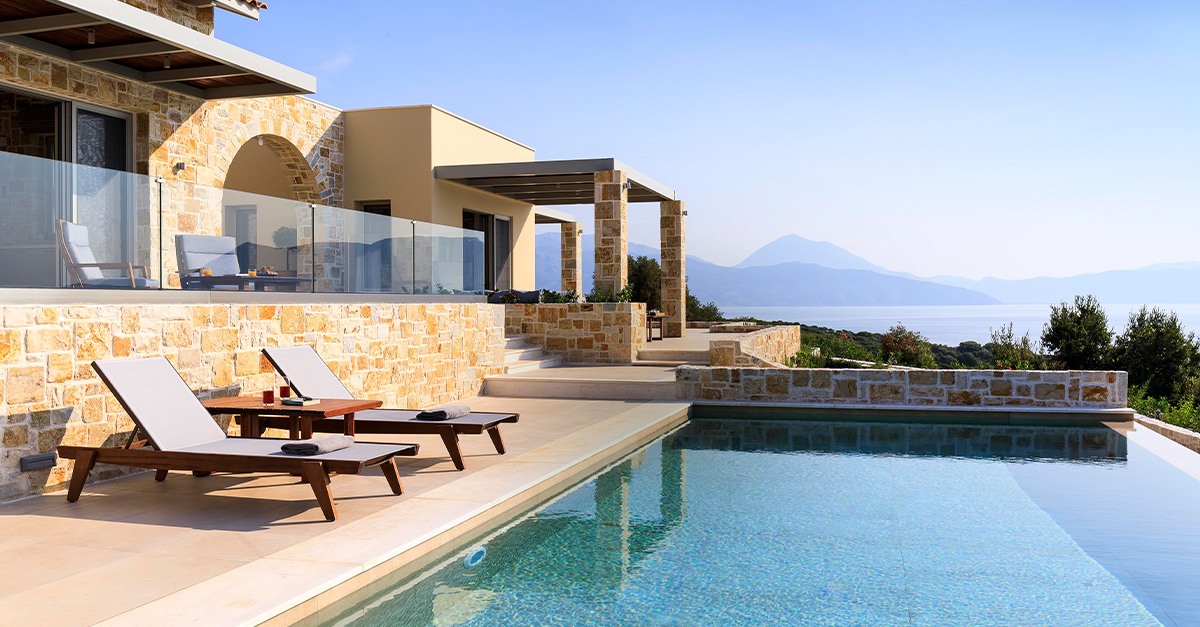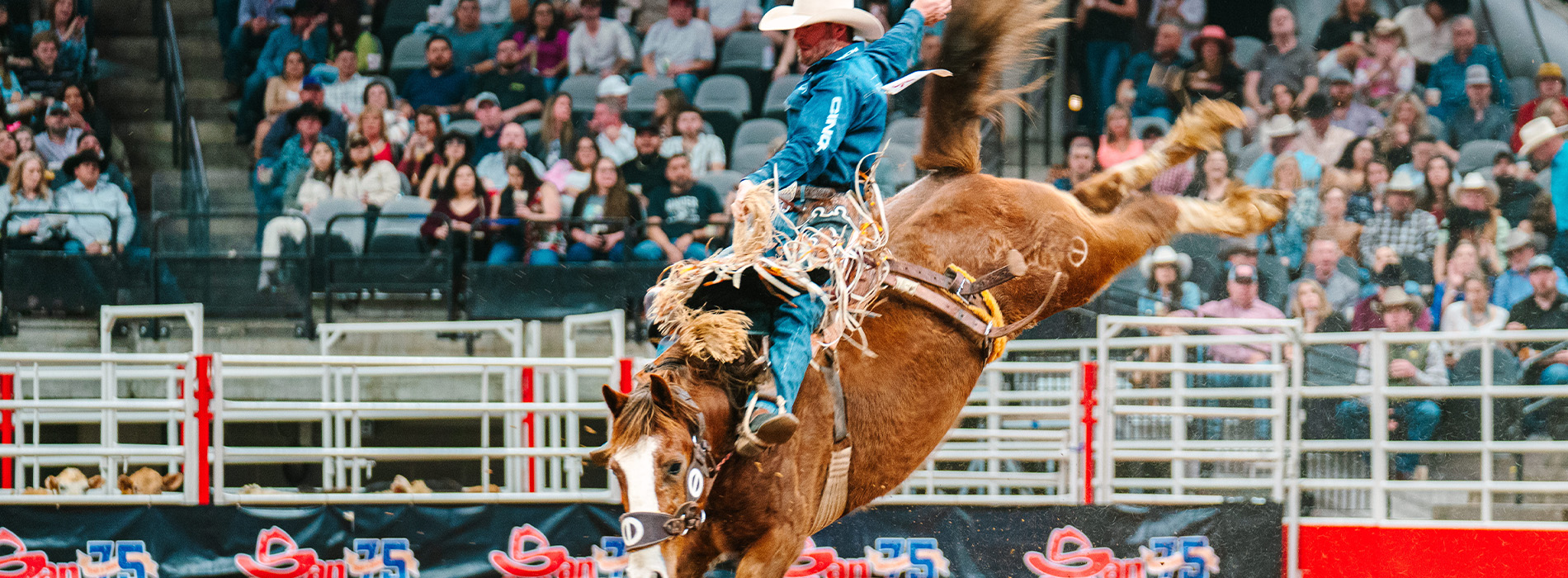Natalie Marsh goes beyond Japan’s usual tourist trail to the northern region of Tōhoku.
Click here to download and save as a PDF.
We’re on a monster hunt. Having almost reached the summit of Mount Zaō in northern Japan, our eyes are peeled for snow monsters. They’re huge, quite hard to see – and dangerous if you get too close.
To find them, we’re walking over snow that is several metres deep, with the sky, ground and horizon all blending into the whitest white you could imagine.
But after just a few minutes our guide points to our left – we found one! – and there we see the top of a snow monster poking up out of the snow.
Luckily, they aren’t real monsters, but a natural phenomenon of layer upon layer of frozen rain and snow sticking to a tree, creating something that looks like an abominable snowman. The deep snow also creates huge wells around the trees, so we tentatively keep our distance as we walk single-file around these formations.
Mount Zaō is one of the most famous places in Japan to find these snow monsters and, along with its ski resort, draws visitors from far and wide. The mountain
sits in the Tōhoku region, straddling the Miyagi and Yamagata prefectures. Although these areas are less visited than the country’s bigger tourist hotspots farther south, a bullet train to Tokyo can take you to Miyagi’s capital city, Sendai, in around 90 minutes.
Five things you can do in the Tōhoku region
The Tōhoku region comprises the six northernmost prefectures – Aomori, Akita, Fukushima, Iwate, Miyagi and Yamagata – on the main island of Honshu. Devastated by the tsunami and earthquake of 2011, the region, particularly the coast, has rebuilt, and the towering mountains, countryside and authentic villages and towns are just some of what makes the region so attractive.
All eyes are on Japan at the moment, with the Rugby World Cup taking place in cities across the country this year, closely followed by the Tokyo Olympics in 2020. And with the recent launch of a British Airways flight to Osaka, tourism from the UK isn’t expected to slow down any time soon.
The Japanese government has also introduced initiatives over the past few years to spur English language learning across the country, keen to encourage foreign visitors to go beyond the biggest cities – Miyagi alone has a goal of attracting 500,000 foreign tourists for overnight stays by 2020.
Staying local
It’s an unusual feeling to walk into your hotel room for the first time and realise it’s missing a bed and shower – two key components of western accommodation. But this is a ryokan, so the mattress is stored in the cupboard and rolled out each evening, and guests use communal bathrooms to shower.
Family-run Ryokan Ohnuma sits deep in the Miyagi countryside in the remote town of Naruko. This particular ryokan also prides itself on having eight onsen, or hot springs, both public and private, where Japanese etiquette mandates you bathe naked – another cultural experience to tick off the list.
Trying new and exciting cuisine is also part and parcel of any trip to Japan, and it’s surprisingly easy here, particularly when every meal is prepared with fresh ingredients. One speciality is beef shabu-shabu, where diners pick up delicate slices of raw beef with chopsticks and dip them into a bubbling hotpot until they are cooked, the onomatopoeic name of the dish resembling the sound the beef makes as it cooks. The result? Some of the most delicious meat I’ve ever tasted.
With Japanese cuisine comes sake, served hot or cold, sometimes in a square wooden box that catches any overflow from the glass. It’s even said that the more sake that spills into the box, the better the hospitality!
Sake may be the traditional drink, with more than 1,600 sake breweries across the country, but Japan is also making a name for itself on the world whisky scene. Nikka Whisky Miyagikyo distillery, less than an hour from Sendai, is worth a visit. Founder Masataka Taketsuru learnt the art of whisky making in Scotland before opening up his two distilleries in Japan. Tours are free and take visitors around the distillery, with a short tasting at the end (English audio guide available).
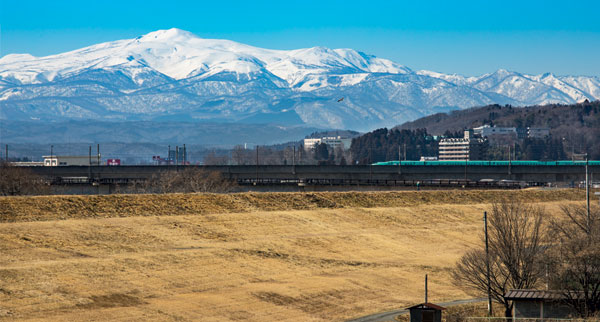
Try your luck
I’m looking at a small target on the side of the cliff, five stones, or undama, in hand, each one representing a fortune I have chosen – love, destiny and income among them.
The idea is to take aim and throw each stone over the river, and if it lands in the tiny wishing hole in the cliff face, that fortune is said to be granted. I take a run-up, put all my strength behind it, and the flying stone shatters against the rocks.
What happens to your fortune if the stone breaks up? “Nothing,” our guide says, to my relief, as the river carries away the shards of my supposed good luck. We all took great delight in giving it a good go, as do many other visitors to Geibikei Gorge in the Iwate prefecture.
It’s a stunning site of natural beauty, and visitors can enjoy a 90-minute return boat ride down the river. Boat trips take place year-round and, to add to the atmosphere, our boatman even sang a traditional song as we drifted past the beautiful scenery. As the song translates, Geibikei Gorge is a “wonderful sight, unrivalled elsewhere”.
Japan is a spiritual country where Buddhism and Shintoism exist harmoniously side by side, with many people believing in both. The two religions boast hundreds of temples and shrines all across the country, often in beautiful natural locations.
One that is well-known is Unesco World Heritage Site Hiraizumi, in the Iwate prefecture, which incorporates five temples and gardens that are significant to Buddhism. Chūson-ji temple, for example, boasts striking architecture and a hall covered in gold, with breathtakingly intricate designs, while neighbouring Motsu-ji temple is surrounded by beautiful gardens. All of Hiraizumi’s sites are just a few miles apart, making it easy for guests to visit more than one in the same day.
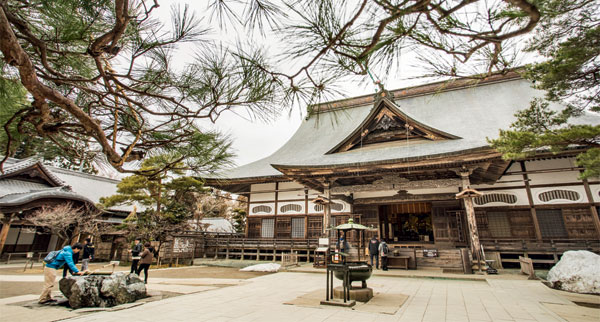
Farther south, Yamadera in the Yamagata prefecture is a spiritual site built high into the side of a mountain, dating all the way back to the ninth century. From the entrance it’s 1,000 steps to the top, and while that may seem like a daunting climb, the reward of the unparalleled views when you get there is well worth the effort.
If you’re looking for an authentic Japanese experience, the Tōhoku region has it all, from bustling cities and beautiful mountains to fresh cuisine and peaceful onsen. It’s not surprising that the Miyagi prefecture calls itself the Land of Contrasts – it’s all there waiting to be explored.
Tried and tested: Chikusenso Mount Zaō Onsen Resort & Spa
Set in the mountains of Miyagi is the luxurious Chikusenso Mount Zaō Onsen Resort & Spa. With serene onsen, a spa, gym and other facilities, the resort is the ideal mountain retreat.
As with other traditional Japanese accommodation, shoes are left at the entrance, and guests walk around in slippers provided by the hotel. Every part of the resort is tranquil, making guests feel instantly relaxed – the lobby even has a 500kg temple bell. It also has both public and private onsen, and guests can book a free session in the latter, set outside in the natural surroundings.
The restaurant’s exquisite food ranges from colourful sashimi presented with flowers to sharing platters of fish and vegetables, so intricately decorated and presented that it was almost too beautiful to eat.
Book it: Rooms start from £398 a night.
japanspecialist.co.uk
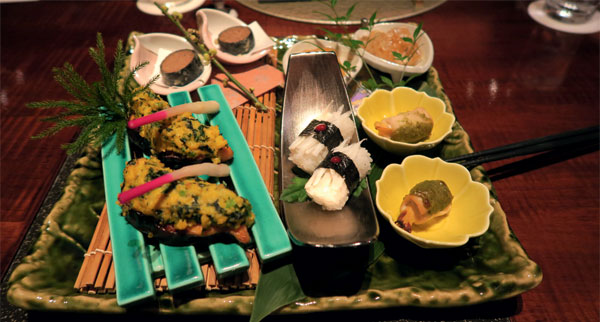
Ask the experts
David Convery, DialAFlight
“Climbing the steps up Yamadera was my favourite part of the trip. It was really spiritual and the views were amazing. The people in Japan were welcoming, even in places I thought would not be tourist-friendly. It was my first visit to Japan and it truly is a unique country, unlike anywhere else in Asia. I will certainly recommend Japan to my family, friends and customers.”
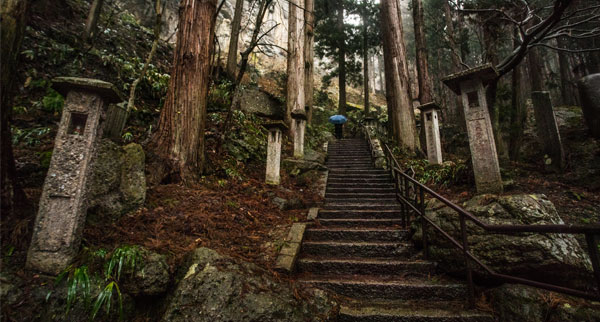
Zoe Bligh, JTB
“These parts of Japan are the places to see if you like exploring off the beaten track. My favourite place on the tour would have to be Yamagata, a very scenic prefecture. One site that surprised me most was Mount Zaō, because one moment you would be driving through clear surroundings, and then all of a sudden you were surrounded by snow.”
Book it
JTB offers a 13-night tour of the Tōhoku region, including stops in Iwate and Miyagi, from £2,000 per person for two sharing, including international flights, accommodation and a 14-day rail pass.
japanspecialist.co.uk
Read more
Japan’s Diamond Route
48 hours in Osaka, Japan
Japanese zen: Leave the bright lights of Tokyo behind

